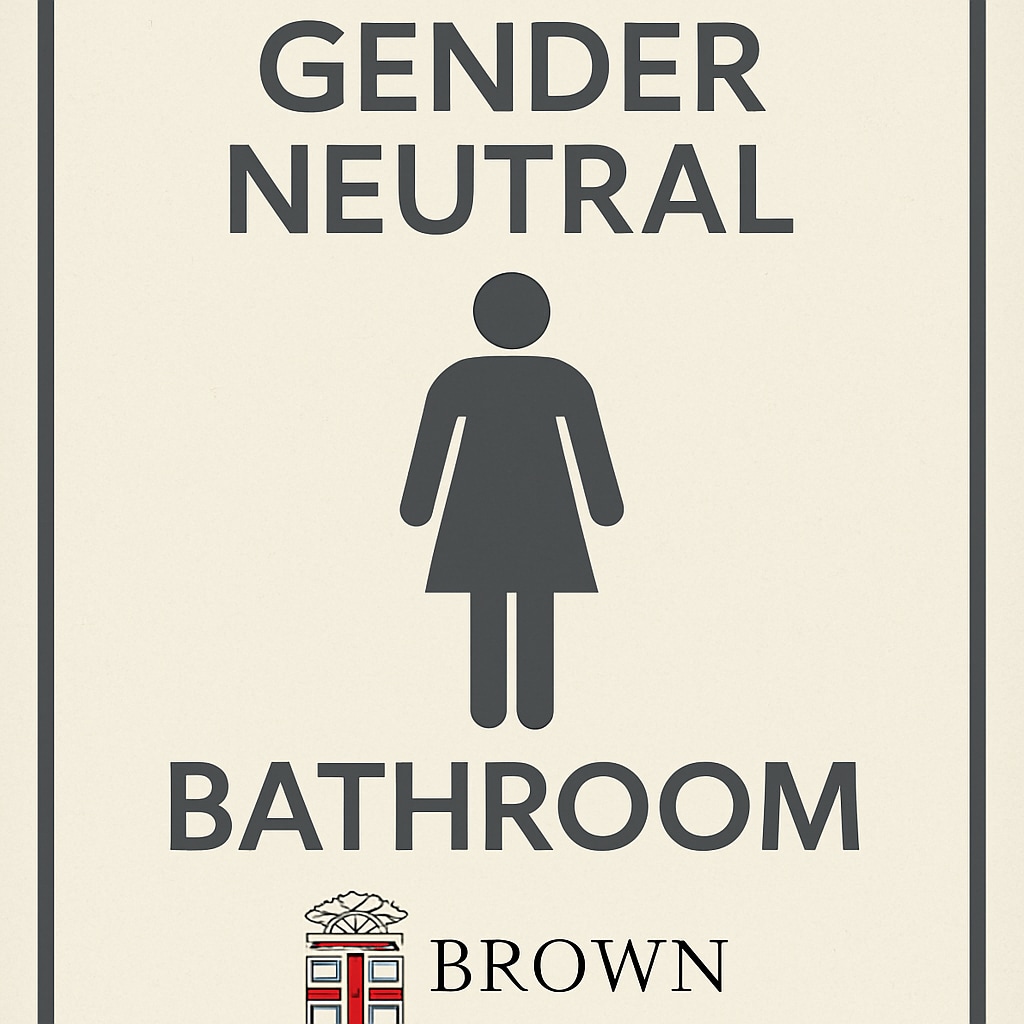Brown University has recently introduced groundbreaking changes to its gender policies, which are expected to significantly impact the lives of transgender students on campus. These updates aim to foster inclusivity and create a supportive environment for all students, regardless of their gender identity. As universities across the country reassess their approaches to diversity and equity, Brown University’s proactive measures highlight the importance of addressing the unique challenges faced by transgender individuals in higher education.

Understanding Brown University’s New Gender Policies
The new policies at Brown University are designed to provide greater recognition and support for transgender students. Key elements include the ability to self-select gender markers on official documents, expanded access to gender-neutral facilities, and enhanced mental health and counseling services tailored to LGBTQ+ needs. These changes address long-standing barriers that transgender students often face in academic settings, such as misgendering, lack of representation, and inadequate support systems.
For example, allowing students to update their gender markers without requiring legal documentation is a significant step forward. This policy alleviates the emotional burden on individuals who might otherwise feel forced to conform to outdated institutional requirements. Furthermore, the expansion of gender-neutral bathrooms and housing options ensures that transgender students can navigate campus life without fear of discrimination or discomfort.
Impact on Campus Life for Transgender Students
These policy changes are expected to profoundly affect the daily experiences of transgender students at Brown University. In addition to logistical improvements, such as access to appropriate facilities, the new policies signal a broader cultural shift toward acceptance and understanding. By prioritizing inclusivity, Brown University sets an example for other institutions aiming to support marginalized communities.

From a practical standpoint, the policy updates reduce the risk of transgender students encountering instances of misgendering or exclusion. For instance, with self-selected gender markers, class rosters and student IDs will now accurately reflect students’ identities. This small but meaningful change can significantly boost confidence and promote a sense of belonging.
Moreover, the enhanced mental health services reflect the university’s acknowledgment of the unique challenges faced by transgender individuals, including higher rates of anxiety and depression. These services provide a critical safety net, ensuring that students have access to professional support during their academic journey.
Challenges and Opportunities Moving Forward
While these changes are undoubtedly a step in the right direction, challenges remain. For one, ensuring the successful implementation of these policies requires ongoing training and education for faculty and staff. Missteps, such as unintentional misgendering or resistance to change, could undermine the effectiveness of these initiatives.
Additionally, Brown University must continuously engage with its transgender student population to adapt policies as needed. Open channels of communication, such as forums and feedback sessions, will be essential to address concerns and refine support systems.
On the other hand, these changes present an opportunity for Brown University to lead by example. By sharing best practices and collaborating with other institutions, Brown can drive broader systemic change in higher education.
Conclusion
Brown University’s updated gender policies mark a significant milestone in the pursuit of inclusivity and equity on campus. By addressing the unique needs of transgender students, the university fosters a more supportive and welcoming environment for all. However, the journey toward full inclusivity is ongoing, and it requires the collective effort of students, faculty, and administrators alike. As other institutions look to follow suit, Brown University’s commitment to diversity and equity stands as a powerful model for positive change.
Learn more: For additional insights on LGBTQ+ policies in higher education, visit the Wikipedia page on LGBTQ+ campus support or explore resources from Human Rights Campaign.


